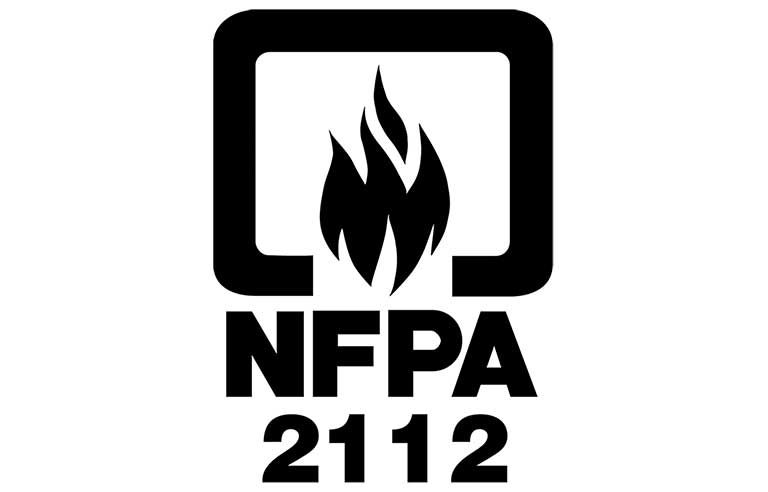NFPA 2112 and hand protection
How has NFPA 2112 changed to accommodate hand protection?

Responding is Joe Geng, vice president, Superior Glove, Toronto.
The National Fire Protection Association 2112 standard establishes the minimum requirements for the design, construction, performance, evaluation, certification and testing methods for the manufacturing of flame-resistant personal protective equipment used in areas at risk of short-duration thermal exposure from fire.
NFPA 2112 was originally established for FR garments. In the most recent edition, issued in 2018, testing standards were extended to include hand protection, whereby gloves manufactured in compliance with the standard provide protection to the wearer’s hands and wrists against flash fires.
Manufacturers can comply with NFPA 2112 in two ways: declaration and certification. Both use third-party testing, but certification also involves regular audits.
Test requirements for NFPA 2112-2018 to accommodate hand protection
NFPA 2112 testing standards for gloves are similar to those for garments, but with different methods:
Heat transfer protective performance is based on the ASTM F2700 test method to determine the properties of the material when exposed to a continuous-contact heat source. The gloves are exposed to 2 cal/cm2 per second heat flux to evaluate the time and heat energy it takes to get through the material and for the sensors to register a second-degree burn. The higher the number, the greater the protection. The HTP test for gloves is conducted before and after three cycles of washing and drying/dry cleaning.
Flame resistance (right-angle test) is used to determine how easily the material ignites and continues to burn after ignition. To accommodate gloves, the material is folded over at a 90-degree angle so the flame impinges on the surface of the fabric instead of the edge, as it’s done to test garments. To adhere to NFPA 2112, materials cannot have an average after-flame (the time a test specimen continues to flame after the flame source has been removed) of more than two seconds; a char length greater than 4 inches; or melting, dripping or separation of any of the materials on the glove. The test is conducted before and after three cycles of washing and drying/dry cleaning.
Heat and thermal shrinkage resistance testing (oven test) evaluates the material’s resistance to shrinkage when in a hot air circulation oven at 500° F. The standard permits 10% or less shrinkage on either side, with no melting, dripping, separation or ignition of any of the materials on the glove. Essentially, you don’t want the gloves to shrink so much so that you’re unable to take them off.
Thread used in FR gloves also needs to be able to withstand temperatures of up to 500° F to be in compliance with NFPA 2112. In addition, the standard requires that gloves be tested for label and print durability before and after three cycles of washing and drying, and a test for any attachments such as zippers and fasteners.
A complementary standard to NFPA 2112 is NFPA 2113, which provides safety managers and end users with information on how to select FR PPE that meets the NFPA 2112 specifications.
Editor's note: This article represents the independent views of the author and should not be construed as a National Safety Council endorsement.
Post a comment to this article
Safety+Health welcomes comments that promote respectful dialogue. Please stay on topic. Comments that contain personal attacks, profanity or abusive language – or those aggressively promoting products or services – will be removed. We reserve the right to determine which comments violate our comment policy. (Anonymous comments are welcome; merely skip the “name” field in the comment box. An email address is required but will not be included with your comment.)

